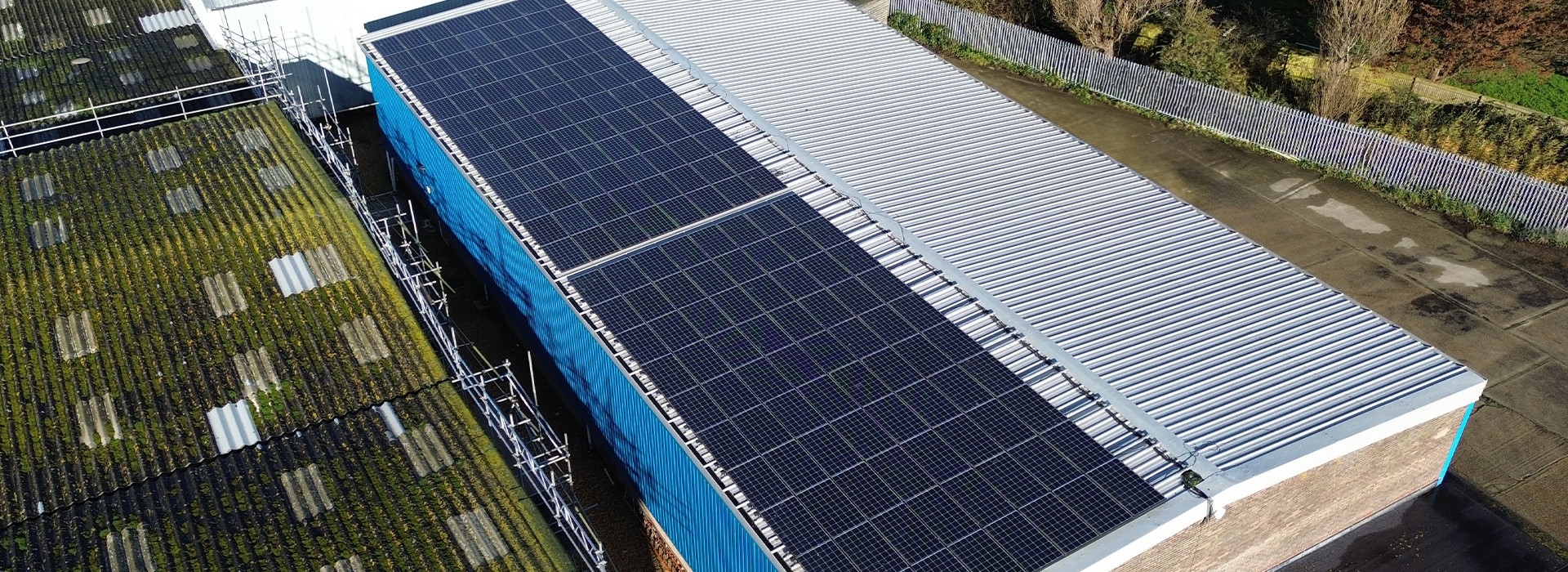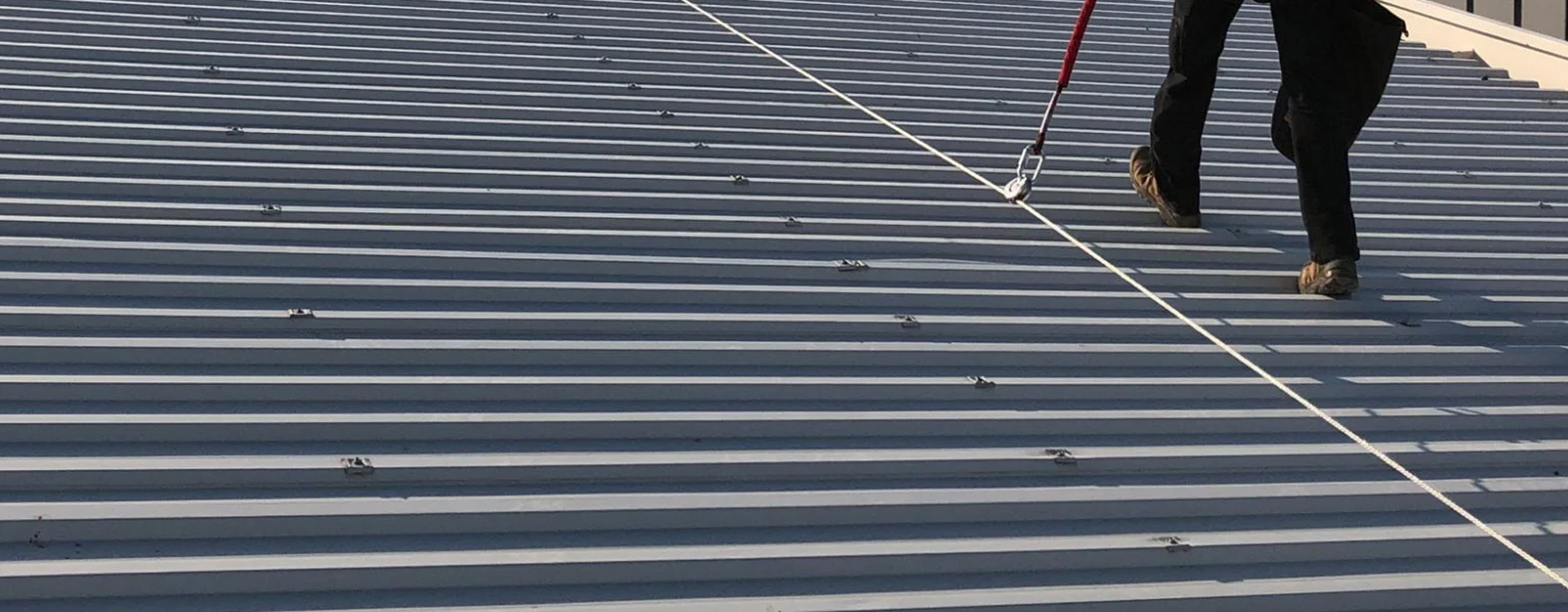Industrial and commercial roofs play a critical role in the functionality of businesses across the UK. Whether it’s for maintaining HVAC systems, conducting regular inspections, or installing solar panels, roof access is often necessary. However, ensuring safe roof access has never been more important than in 2025, as businesses face increased regulatory scrutiny and the demand for higher safety standards.
Why is Safe Roof Access Crucial?
Legal and Regulatory Compliance
In the UK, workplace safety is governed by strict regulations, including the Work at Height Regulations 2005. These laws mandate that employers must ensure the safety of anyone working at height, which includes accessing roofs. Non-compliance can result in hefty fines, legal consequences, and reputational damage.
Minimising Risks of Accidents
Falls from height remain one of the leading causes of workplace fatalities and serious injuries. Without proper safety measures, tasks like cleaning gutters, inspecting damage, or performing routine maintenance can become hazardous. Safe roof access systems, such as fixed ladders, guardrails, and personal protective equipment (PPE), are essential to mitigate these risks.
Protecting Workforce and Contractors
Ensuring the safety of employees and contractors not only fulfills legal obligations but also fosters a culture of care and professionalism. A safe working environment boosts morale, reduces absenteeism, and enhances productivity.
Key Components of Safe Roof Access
Access Points
Safe access begins with the design of entry points. Roof hatches, fixed ladders, and walkways should be designed to meet safety standards and provide secure entry and exit routes.
Guardrails and Edge Protection
Guardrails are vital for protecting workers near roof edges. Installing permanent or temporary edge protection systems significantly reduces the risk of falls.
Walkways and Non-Slip Surfaces
Designated walkways with non-slip surfaces ensure workers can navigate roofs safely, even in adverse weather conditions. Walkways should be clearly marked and free of obstacles.
Fall Arrest Systems
Personal fall arrest systems, including harnesses and anchor points, are essential for tasks requiring work near unprotected edges. Regular inspection and maintenance of these systems are crucial.
Training and Awareness
Providing comprehensive training on safe roof access is vital. Workers must understand the risks, know how to use safety equipment, and be aware of emergency procedures.
The Role of Technology in 2025
Advancements in technology are revolutionising roof safety. Drone inspections, for example, are becoming increasingly popular for initial assessments, reducing the need for workers to access hazardous areas. Additionally, smart PPE equipped with sensors can monitor workers’ movements and alert them to potential dangers in real time.
Benefits of Prioritising Safe Roof Access
Enhanced Safety and Reduced Liability Investing in safety systems and training minimises the risk of accidents, protecting both workers and employers from costly liabilities.
Improved Efficiency Safe access solutions streamline maintenance and inspection processes, saving time and resources.
Sustainability Compliance Many industrial and commercial properties are adopting green initiatives, such as solar panel installations. Safe roof access is essential for maintaining these systems, ensuring long-term energy efficiency.
Conclusion
Safe roof access is not just a legal obligation but a moral imperative for UK businesses in 2025. By implementing robust safety measures, leveraging technological advancements, and fostering a culture of safety, businesses can protect their workforce, enhance operational efficiency, and maintain their reputation. As industrial and commercial roofs become more integral to business operations, prioritising safety is a necessary investment in the future.



